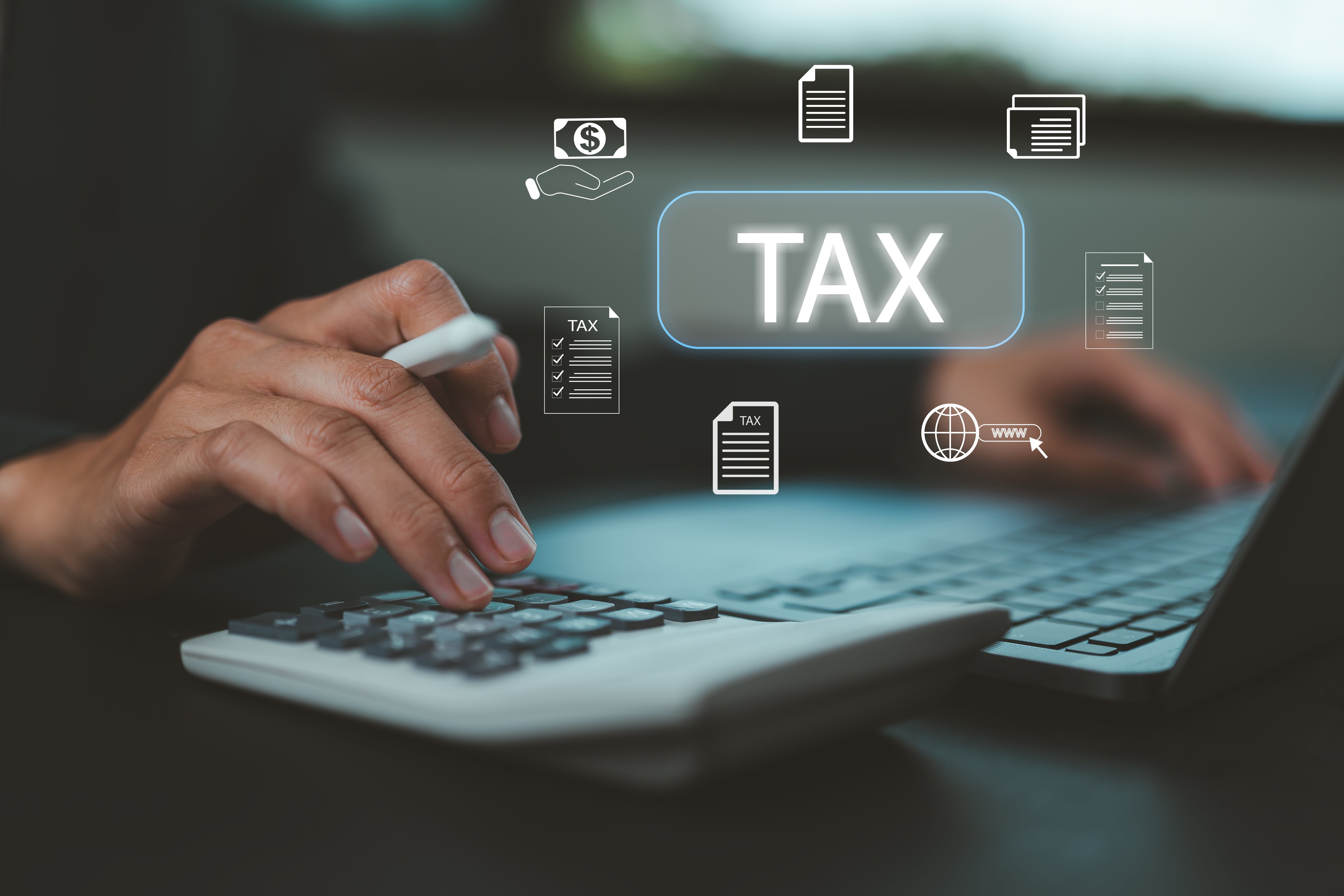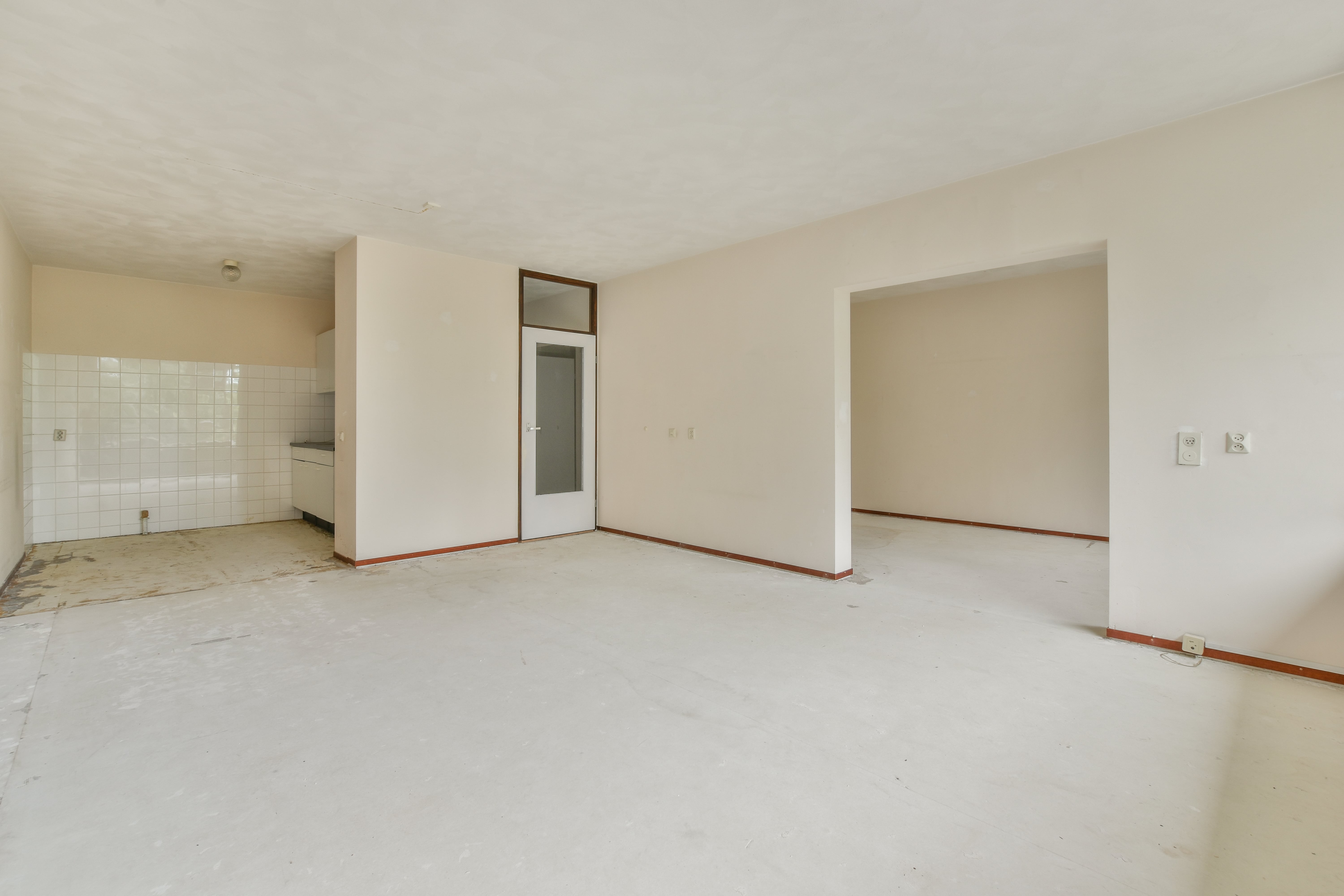Any successful investor can tell that the key to a profitable rental property investment is careful budgeting. It’s a mistake to focus only on what will be earned. Those earnings depend largely on what’s spent.
Without a well-thought-out rental property budget, there are bound to be unexpected costs that can significantly impact the anticipated profit margins.
At Bell Properties, we work closely with investors to understand where the main expenses are likely to be found and how to budget for them.
A rental property budget helps property investors manage the financial aspects of owning and operating rental properties. It acts as a roadmap, showing where the money will go and helping owners to foresee potential financial challenges. Also, a detailed budget helps property owners make informed decisions about their properties, ensuring they maintain profitability and achieve their financial goals.
Looking for ways to support a specific budget? Maybe there are upgrades that need to be made or another investment that’s looking like a great opportunity. Contact us at Bell Properties for some guidance. We can walk through any unique circumstance.
Until then, here are our general principles when it comes to creating a rental property budget and planning for expenses and profits.
Mortgage Expenses
We can start with the most obvious expense: the mortgage payment. Unless an investor is able to pay in cash, there will be a mortgage payment that needs to be paid every month. Owners need to know what that amount is and when it’s due. This will likely be one of the largest expenses a rental property owner has to manage. Every budget needs to cover the principal, interest, taxes, and insurance (PITI).
The 10% Rule and Maintenance Budgeting
The 10% rule is a simple guideline suggesting that rental property owners should allocate 10% of their annual rental income towards property maintenance. This approach provides a buffer for unexpected costs and ensures that routine maintenance is not neglected.
Here’s an example. When a rental property generates $36,000 annually in rent, it’s smart to set aside $3,600 for maintenance expenses each year. It’s possible the property won’t need $3,600 in work during a given year. But, if there are unexpected maintenance needs, the money is available. Here’s how we help owners to implement the 10% rule:
Step 1: Calculate Annual Rental Income
Add up all the rental income received from a portfolio of properties over the year. We remember to consider any potential vacancies when making these calculations.
Step 2: Set Aside 10%
We allocate 10% of this total for maintenance purposes. This money can be held in a reserve or some owners find it helpful to create a separate bank account for these funds to keep them distinct from general income and operating funds.
Step 3: Monitor and Adjust
As the tenancy moves forward, we’ll keep track of all maintenance spending throughout the year. Typically, we’ll find that some properties require more attention than others. It’s important to adjust allocations annually based on these insights.
Something we’ll always do at Bell Properties is prioritize preventative maintenance. Regular inspections and minor repairs can prevent larger, more costly issues down the line. It helps with budgeting for all sorts of repairs.
Budget for Property Taxes and Insurance

Property taxes vary depending on location and property type. Typically, they’re assessed annually depending on what a property is assessed to be worth. Most owners have a general idea of what they’ll pay in taxes.
Remember that there are a number of tax breaks and benefits that come with renting out property. Not only can those local property taxes be deducted on a federal return, but so can depreciation and the costs of things like maintenance and professional fees. Rental property tax deductions are an important way for investors to offset the money that’s spent throughout the year on things like insurance premiums, legal or financial advice, professional property management, and maintenance and repairs. We’ll talk to our owners about ensuring that all the proper deductions are taken.
Another expense to budget for is insurance. Protecting investment properties with adequate property insurance is essential for covering damage from events like fires, theft, and vandalism. While we aren’t insurance agents, we do spend a lot of time talking about insurance premiums and how to budget for those when investors are buying a property. It’s smart to work with an insurance provider who can offer the best coverage at the most affordable price.
California Property Management Fees
Property management fees are tax deductible and they almost pay for themselves. It’s still important to budget for that recurring cost every month. At Bell Properties, we make it easy for our owners to consider what they’ll be paying every month. We’re clear and transparent.
There’s a monthly charge that’s deducted from the gross rent before it’s deposited into the owner’s bank account. Sometimes, there’s also a leasing fee that needs to be budgeted, which is often a percentage of the first month’s rent.
Budgeting for Vacancy in California Rental Homes

Vacancy costs refer to the expenses incurred when a property is not generating rental income. If there’s a problem with extended vacancies or homes that just won’t rent, contact us at Bell Properties. We can stop the bleeding that often occurs when a property is vacant for too long. While vacancies are an inevitable part of property investment, budgeting for these periods can mitigate financial strain.
Accurately calculating vacancy costs is the first step in effective budgeting. We generally use a 5% vacancy calculation. This provides enough flexibility even with properties that we know will suffer a very small vacancy loss.
Paying for Legal Notices and Evictions
Bell Properties prioritizes tenant retention, resulting in fewer evictions for investment properties.
That doesn’t mean they’re impossible.
Evictions are expensive. Even the actions that lead up to an eviction, such as the service of a Three-Day Notice or the filing of an unlawful detainer action in court will cost money. These are not expected costs in the course of a tenancy, but it’s a good idea to be prepared for them.
The cost of registering a rental property also has to be considered, and that cost will vary depending on where the rental home is located. Los Angeles, West Hollywood, and other southern California cities tend to charge between $90 and $150 to register a rental property. In San Francisco, the Rent Board fee is currently $59 per unit in 2024.
Rental Income vs. Expenses: Running the Numbers

Balancing rental income against expenses is critical. Here’s how to understand the math and get to a real conclusion. If there’s any kind of a struggle, contact us at Bell Properties. We can walk through each detail.
1. Calculate Gross Rental Income
Before an accurate assessment of expenses can be made, it's essential to determine the gross rental income of a property. This includes all income generated from properties such as rent, late fees, and any additional income streams like parking or laundry facilities. Consider the fluctuation in occupancy rates. The potential for rental increases at the end of a year and seasonal variations in rental demand that might contribute to a longer vacancy.
2. Identify Fixed and Variable Expenses
Understanding expenses is key to maintaining profitability, and those expenses can be categorized into two main types:
Fixed Expenses. These are costs that remain constant regardless of occupancy rates. Examples include mortgage payments, property taxes, and insurance premiums - which we have discussed.
Variable Expenses. These fluctuate based on property use and occupancy. They include maintenance and repairs, utilities, and management fees
3. Assess Capital Expenditures
Capital expenditures refer to significant investments in upgrading or maintaining your property. Unlike regular maintenance, these expenses can include things like roof replacements, new HVAC systems, or major renovations. One of the budgeting tips we often provide our owners is to set aside a reserve fund specifically for capital projects to prevent unexpected large expenses from derailing an otherwise healthy budget.
4. Monitor and Adjust Budgets Regularly
All of the expenses we’ve talked about need to be measured against the income, and then a budget will take form.
The real estate market is dynamic, making regular budget reviews essential. Monitor your financial performance and adjust your budget as needed to reflect changes in expenses or income.
Conduct quarterly financial check-ins to ensure that your budget aligns with reality.
To run numbers for a specific rental property and understand what should be budgeted, there are a lot of variable factors involved. Are we talking about a single-family home or a duplex? Is this a condo that’s being rented out or a cluster of units in a large apartment building? Is it a 30-unit building or a 10-unit building that’s owned? How is inflation? Is there the potential to refinance a mortgage?
We’re underscoring the importance of professional help when it comes to setting a budget for rental properties. Contact us at Bell Properties. We’ll take a look at all of the information that we’ve been discussing in this blog, and we’ll help you get a handle on the money that’s coming in and going out.


